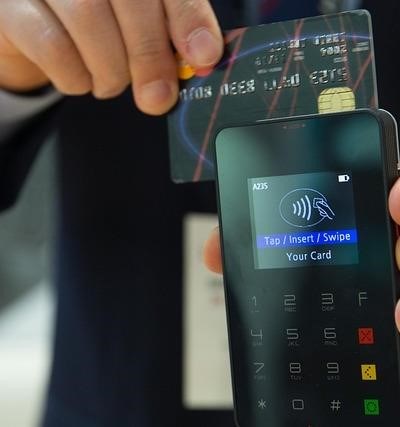
The proliferation of non-VBV (Verified by Visa) credit cards, including prepaid and virtual cards, presents a significant challenge to cybersecurity and fuels various forms of financial crime. This article examines the vulnerabilities inherent in these payment instruments and explores the resulting landscape of cybercrime.
Vulnerabilities and Exploits
Unlike VBV cards, non-VBV cards often lack robust authentication protocols, creating significant vulnerabilities. Carding, the fraudulent use of stolen credit card details, thrives in this environment. Malware and phishing attacks are frequently used to acquire card details. Skimmers, physical devices attached to ATMs or POS terminals, also compromise card data. These attacks lead to unauthorized transactions and credit card theft, resulting in substantial financial losses for both individuals and institutions.
The Role of Digital Forensics
Digital forensics plays a crucial role in investigating these crimes. Analyzing compromised systems and networks allows investigators to trace the origin of attacks, identify perpetrators, and recover stolen data. This investigative process is crucial in building cases for prosecution.
Fraud Detection and Prevention
Effective fraud detection mechanisms are paramount. Advanced analytics, coupled with real-time transaction monitoring, can identify suspicious patterns and flag potentially fraudulent activity. Robust risk management strategies, incorporating multi-factor authentication and behavioral biometrics, are essential for mitigating risk. Improved payment security protocols and enhanced regulatory compliance are vital in combating this threat.
The Expanding Threat Landscape
The rise of online fraud, fueled by the anonymity provided by non-VBV cards, necessitates a comprehensive approach. Identity theft, often linked to compromised card data, adds another layer of complexity. The legal ramifications for both victims and perpetrators can be severe, highlighting the importance of proactive measures. The use of non-bank-issued cards, including prepaid cards and virtual cards, further complicates the issue, requiring specialized investigation techniques;
The increasing use of non-VBV credit cards presents a significant challenge to cybersecurity. A multi-faceted approach encompassing robust fraud detection systems, strengthened payment security protocols, effective digital forensics, and stringent regulatory compliance is crucial to mitigating the risks associated with this evolving cybercrime landscape.


This article provides a concise yet comprehensive overview of the cybersecurity challenges posed by the increasing prevalence of non-VBV credit cards. The clear articulation of vulnerabilities, from carding and malware to skimming, effectively highlights the scope of the problem. The emphasis on the crucial role of digital forensics in investigation and prosecution is particularly valuable. The suggested solutions, including advanced analytics, multi-factor authentication, and improved security protocols, offer a practical framework for mitigation.
The author successfully demonstrates the intricate link between the lack of robust authentication in non-VBV cards and the surge in associated financial crimes. The discussion of fraud detection and prevention strategies is well-structured and insightful, offering a balanced perspective on technological and regulatory approaches. The article